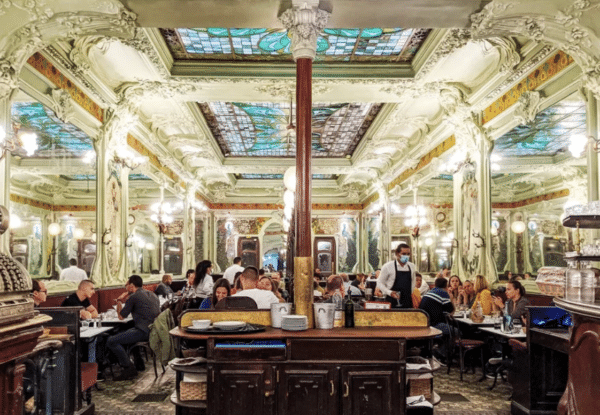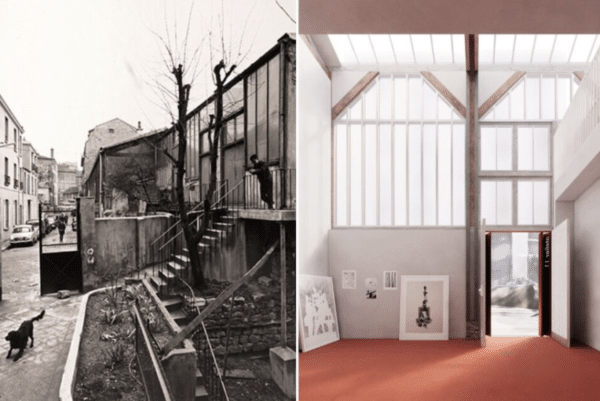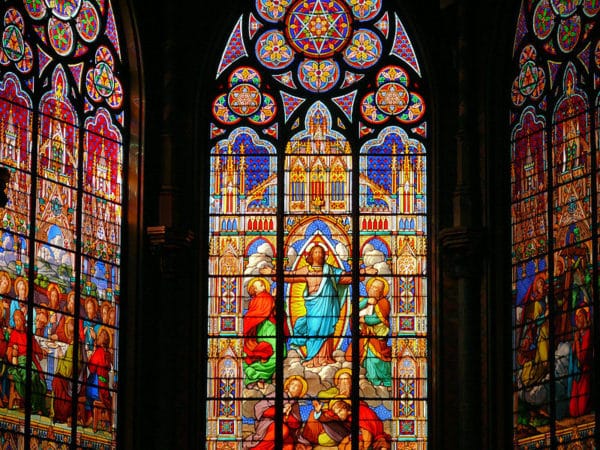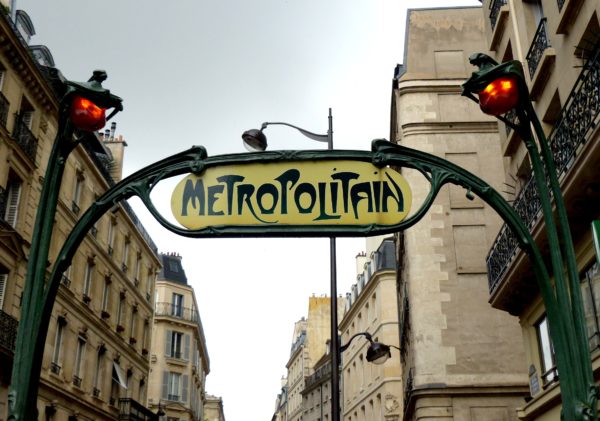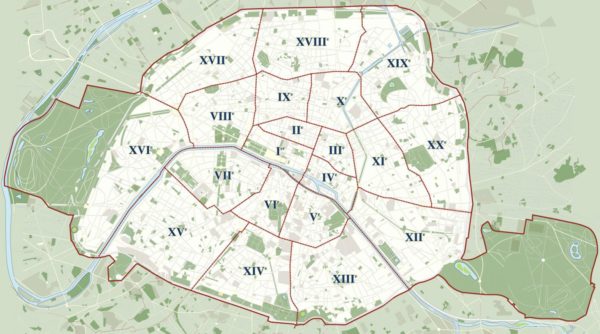Expert Insight, Breaking News, and Insider Stories on Real Estate in Paris
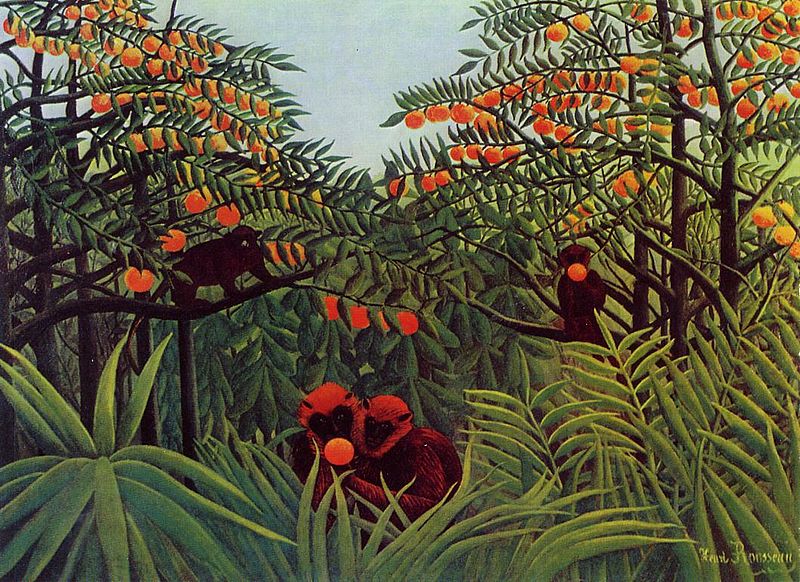
Paris museum guide: the must-see exhibits winter 2019-2020
With De Vinci at the Louvre, Toulouse-Lautrec at the Grand Palais, and Degas at the Musée d’Orsay, temporary exhibits this fall season honor some of the great artistic masters of our time. Read on to discover which exhibits we’re looking forward to the most in this ultimate guide.
Léonard de Vinci at the Louvre
![Leonardo da Vinci [Public domain]](https://upload.wikimedia.org/wikipedia/commons/thumb/e/ec/Mona_Lisa%2C_by_Leonardo_da_Vinci%2C_from_C2RMF_retouched.jpg/402px-Mona_Lisa%2C_by_Leonardo_da_Vinci%2C_from_C2RMF_retouched.jpg)
da Vinci’s Mona Lisa
Over 20,000 visitors gather each day in front of the Mona Lisa, undoubtedly the most famous of Leonardo da Vinci’s works, proudly on exhibit in the Louvre, the most visited museum in the world, since the end of the 18th century. From October 24th to February 24th, 2020, the museum will honor the genius that is da Vinci with an all-encompassing exhibit, marking 500 years since the artist’s death. Already exhibiting five of his paintings, The Virgin of the Rocks, the Mona Lisa, Saint Anne, Saint John the Baptist, and La Belle Ferronnière, the Louvre will display even more of the multi-faceted artist’s works, including the Salvator Mundi, which sold for 450 million dollars last November. After a successful 2013 exhibit dedicated to da Vinci’s drawings and manuscripts, the Louvre is aiming even higher with this retrospective. And, for the first time ever, guests must buy advanced tickets with time slots to avoid endless lines in front of the Pyramid.
Degas à l’Opéra at the Musée d’Orsay
![Edgar Degas [Public domain]](https://upload.wikimedia.org/wikipedia/commons/thumb/d/d3/Degas-_La_classe_de_danse_1874.jpg/516px-Degas-_La_classe_de_danse_1874.jpg)
Edgar Degas, The Ballet Class
From 1860 onward, Edgar Degas was to be found backstage at the Paris Opera, a place he knew well as the child of a family of music-lovers, where he observed the dancers during class and daily practice with wide eyes and a pencil and paper at the ready. More than most, the artist preferred to watch the dancers during intimate moments, between rehearsals, a conversation between three distracted ballerinas, a dancer daring to let out a yawn, a final corset adjustment before a performance. His favorite place to play? The Foyer of the Palais Garnier, where he spent hours observing the dancers and their teachers, making of this place, too often associated with meetings and social gatherings at the time, an inspiring place within the normal Parisian establishment. From 1860 to 1900, the Paris Opera is Degas’s “own room,” as he liked to say. From the orchestral musicians and the dancers, to the curious admirers in the audience, the Impressionist painter immortalized these small snapshots of daily life with brilliance. This fall, the Musée d’Orsay will dedicate an exhibit to his nuanced and sensual representation of the Opera, which he captured with the utmost sensitivity.
Toulouse-Lautrec, Résolument moderne at the Grand Palais
![Henri de Toulouse-Lautrec [Public domain]](https://upload.wikimedia.org/wikipedia/commons/thumb/a/a0/Augustins_-_Conqu%C3%AAte_de_passage%2C_1896_-_Henri_de_Toulouse-Lautrec_RO_618.jpg/381px-Augustins_-_Conqu%C3%AAte_de_passage%2C_1896_-_Henri_de_Toulouse-Lautrec_RO_618.jpg)
Henri de Toulouse-Lautrec, Conquest of passage
The Grand Palais’s fall exhibit immerses visitors in the scandalous Paris of Toulouse-Lautrec, a cruel and hectic world that the artist captured with unique strength. Often categorized as expressive realism, Lautrec’s paintings are an intense translation of “present life”. With more than 200 works on display, from his famous paintings of prostitues to his representation of dejected dancers, the vibrant universe of Toulouse-Lautrec comes alive in front of our eyes, a testimony to his relevance that inspired a number of his contemporaries.
Tolkien at the BNF
This year, the Bibliothèque nationale de France will dedicate a monumental exhibit to British writer and philologist J.R.R Tolkien, best known for his novels The Hobbit and Lord of the Rings. Stretching over 1,000m², the exhibit will display more than 200 works exploring Tolkien’s fantasy universe, from rare manuscripts to original sketches by the author. The exceptional exhibit is funded by Oxford University’s Bodleian library, which hosted the successful J.R.R Tolkien: Maker of Middle Earth exhibit last year. The exhibit will also display four tapestries, based on watercolors by Tolkien, recently woven by the Cité internationale de la tapisserie d’Aubusson.
Francis Bacon at Centre Pompidou

Francis Bacon
There were more than one thousand books in Francis Bacon’s library. “Literature was a powerful stimulus for his imagination,” explains Didier Ottinger, curator of the Bacon en toutes lettres exhibition at the Centre Pompidou. “Instead of a story to which he would only have to give form, literature inspired a general atmosphere about him, freeing his works from their original context.” Thus The Oresteia, a trilogy of Greek tragedies written by Aeschylus, can be found in the be found in his painting Three Studies of Figures at the Foot of a Crucifixion. About seventy works, including 12 triptychs, retrace the artist’s six great literary passions (Nietzsche, Georges Bataille, Michel Leiris…) through six different rooms, and include excerpts read by actors, shedding light on the relationship between Bacon and his literary inspirations.
The Golden Age of English Painting at the Musée du Luxembourg
![Sailko [CC BY 3.0 (https://creativecommons.org/licenses/by/3.0)] File:Thomas gainsborough, lady bate-dudley, 1787 ca. 02.jpg](https://upload.wikimedia.org/wikipedia/commons/thumb/9/94/Thomas_gainsborough%2C_lady_bate-dudley%2C_1787_ca._02.jpg/400px-Thomas_gainsborough%2C_lady_bate-dudley%2C_1787_ca._02.jpg)
Thomas Gainsborough, Lady Bate-Dudley
This fall, the Musée du Luxembourg will honor English art with a new exhibit dedicated to the golden age of English painting, in particular the year 1760, when Joshua Reynolds and Thomas Gainsborough, the first president of the Royal Academy of Arts, emerged. The two quickly established themselves as great masters of portraiture, while never ceasing to innovate. The exhibit presents their most celebrated works, many of which are centered on representations of childhood, family, and British royalty, all while highlighting the immense influence they had on their contemporaries.
20 ans au Musée du Quai Branly
For its 20th birthday celebration, the Musée du Quai Branly-Jacques Chirac is putting on its own retrospective exhibit, retracing 20 years of acquisitions. More than 500 iconic pieces, out of the more than 77,000 works that have entered the museum between 1998 and 2018, will be on display, highlighting the major areas of the museum. The massive building, with its leafy exterior and sculpture garden, was designed in 2006 by Jean Nouvel under the direction of Jacques Chirac. Subject to much criticism, particularly for astounding production costs and its post-colonialist dimension, the museum has become a reference in African, Asian, Oceanic, and American arts and civilization and houses the former ethnological collections of the Musée de l’Homme and the Musée national des Arts d’Afrique et d’Océanie. This exhibition is an opportunity to get a behind-the-scenes look at a very important institution.
Les maîtres naïfs at Musée Maillol
![Metropolitan Museum of Art [Public domain]](https://upload.wikimedia.org/wikipedia/commons/6/6d/Rousseau_theRepastOfTheLion.jpg)
Rousseau, The Repast of the Lion
For the first time in Paris, the fervent defenders of the regressive and unusual “naïve” art movement – Rousseau, Bauchant, Bombois, Desnos, Ève, Louis, Rimbert, Peyronnet and Vivin – will be brought together under one roof for an exhibit at the Musée Maillol. The cream of the crop will be on display here, dreamy witnesses to the history of art between world wars. From exotic landscapes and charming everyday life scenes to portraits of lonely children, the hundreds of works on exhibit here will enchant with their proud naiveté.
Sources: Les 10 expositions à voir à Paris cet automne
Contact Paris Property Group to learn more about buying or selling property in Paris.

